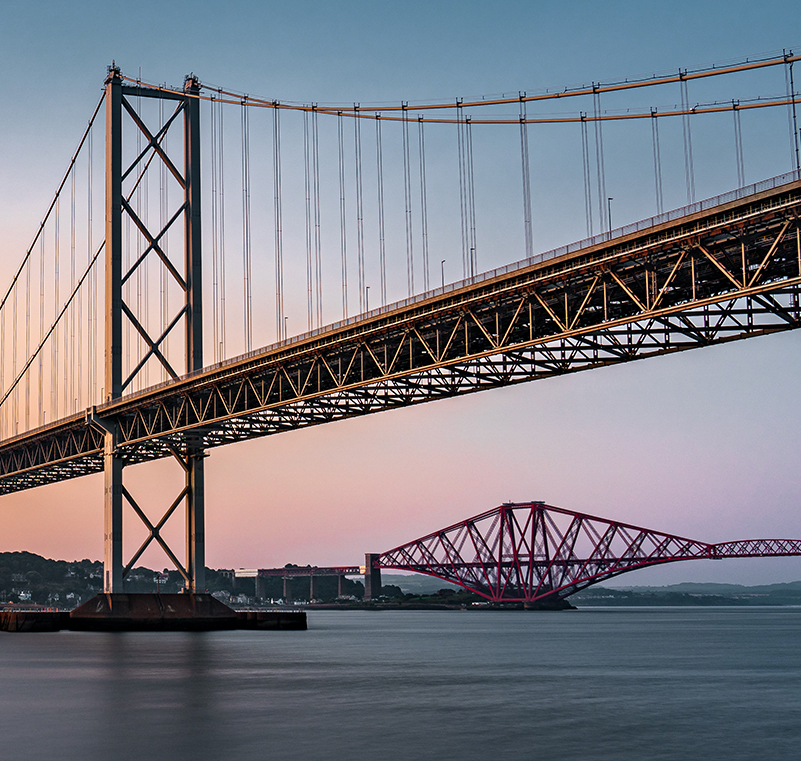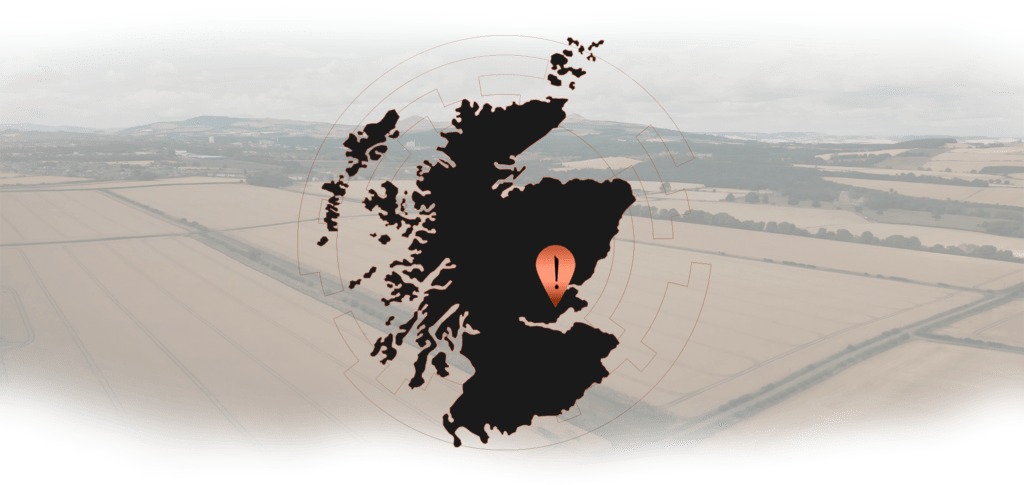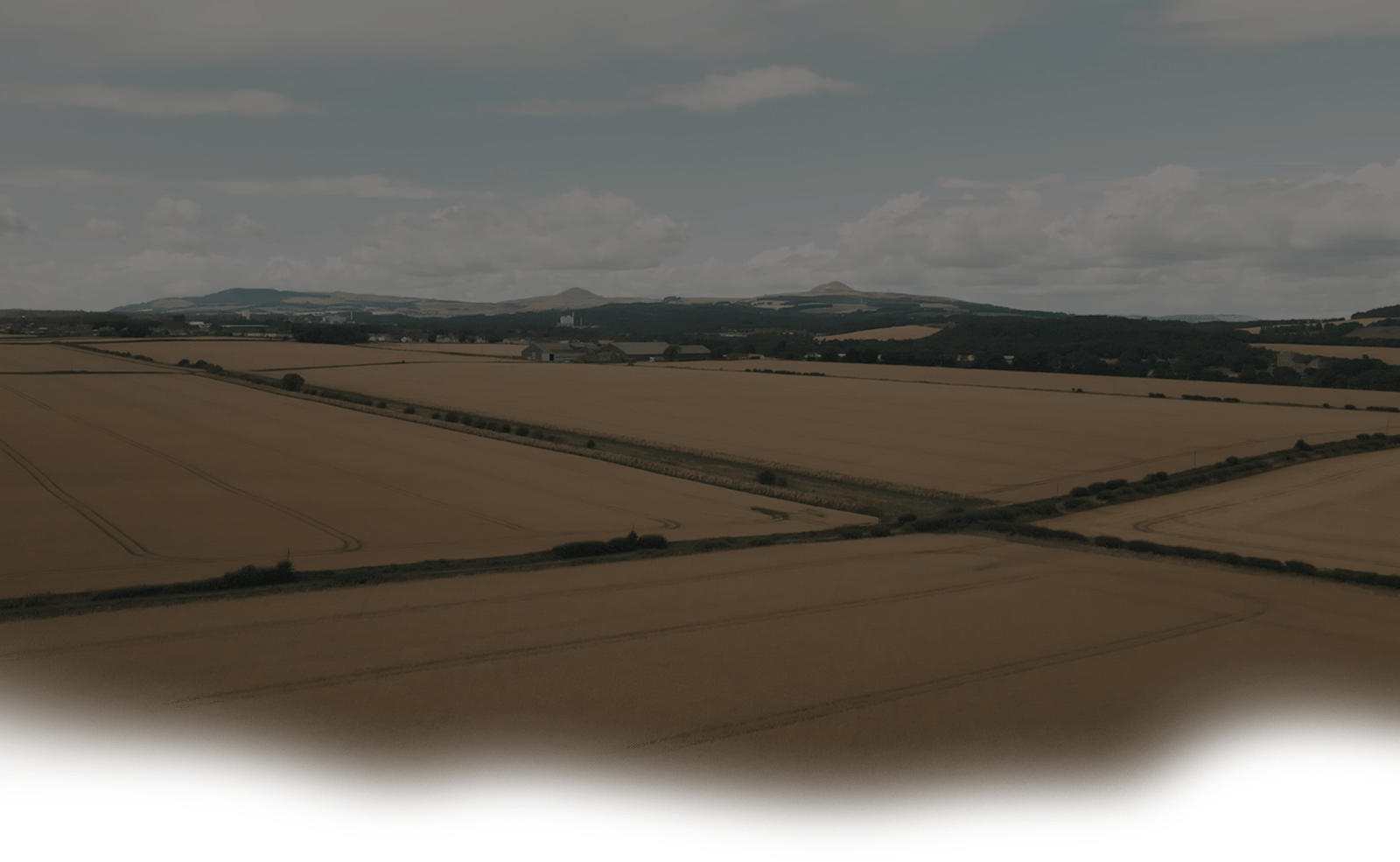FIFE
The birthplace of whisky
InchDairnie Distillery is a Fife Distillery situated where the two springs Flowers of May and Goatmilk Hill meet, beneath the Lomond Hills (Hills that have nothing to do with Loch Lomond), between the towns of Kinglassie and Glenrothes.
InchDairnie means “Hidden land close to water”, from “inch”, an anglicisation of the Gaelic “Innis”, meaning flat land close to the edge of river flowing through a valley. A river meadow. “Dairnie” means secret or hidden.
The distillery only uses local Fife barley for the InchDairnie Single Malt, a malt released in 2029. Perhaps not the norm today to distill and mature the same place, InchDairnie Distillery only distills and matures in Fife and our whisky is of course shaped by the climate and changing seasons. Unusually the wash backs for fermenting the wash (beer) are outdoors.
Discover more about
Whisky & Fife

More on Fife
In the book The Whisky Distilleries of the United Kingdom Alfred Barnard writes in the mid-1880s that the “Lomond Hills were in former times the resort of smugglers”. There was no InchDairnie Distillery back then, but there were Fife-distilleries in existence; Aucthermuchty in the town of Auchtermuchty, Auchtertool by Kirkcaldy, Cameron Bridge in Windygates and Grange at Burntisland. Of these only Cameronbridge, founded in 1824, survived, and in some style. This is Diageo’s biggest distillery, a grain distillery, with an annual capacity of 136 million litres. Compared to that, the biggest malt distilleries in Scotland can produce around a tenth of that; Macallan 15 million litres per annum, Glenfiddich 13m l/pa and Glenlivet 10.5m l/pa. InchDairnie has the capacity of 2 million litres per annum.
Distilling around Windygates is said to go back to as early as 1627 and certainly by 1655 Robert Haig had a run in with the church elders. His mistake? Daring to distil on a Sunday – and getting caught.
All over the fertile and historic Fife there are stories of distillers, smugglers, royals and more. Alfred Barnard writes about “the celebrated Lady Miller” who was “a most daring and masculine woman” that also had an illicit still in the hills above where InchDairnie lies today and further describes the hilly area to be the place where malt “which was carted by night to the foot of the hills and fetched away by the smugglers under cover of the darkness” referring to a time in the 1820s. In fact Mr Bonthrone of Auchtermuchty had purchased one of his stills from an illicit distiller – possibly the same that received malt supplies… from Mr Bonthrone’s brother.


